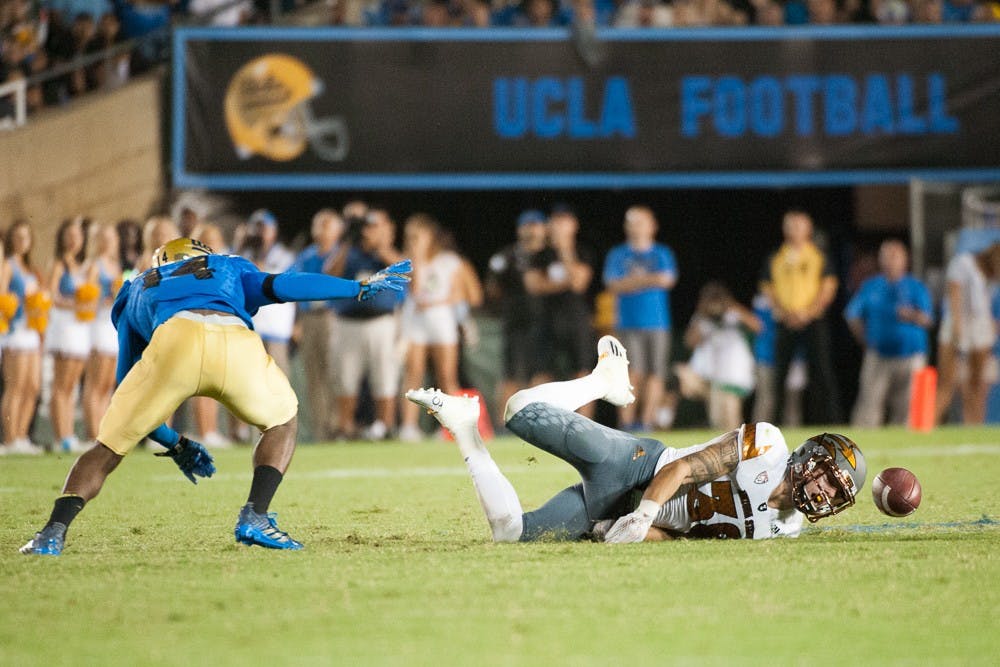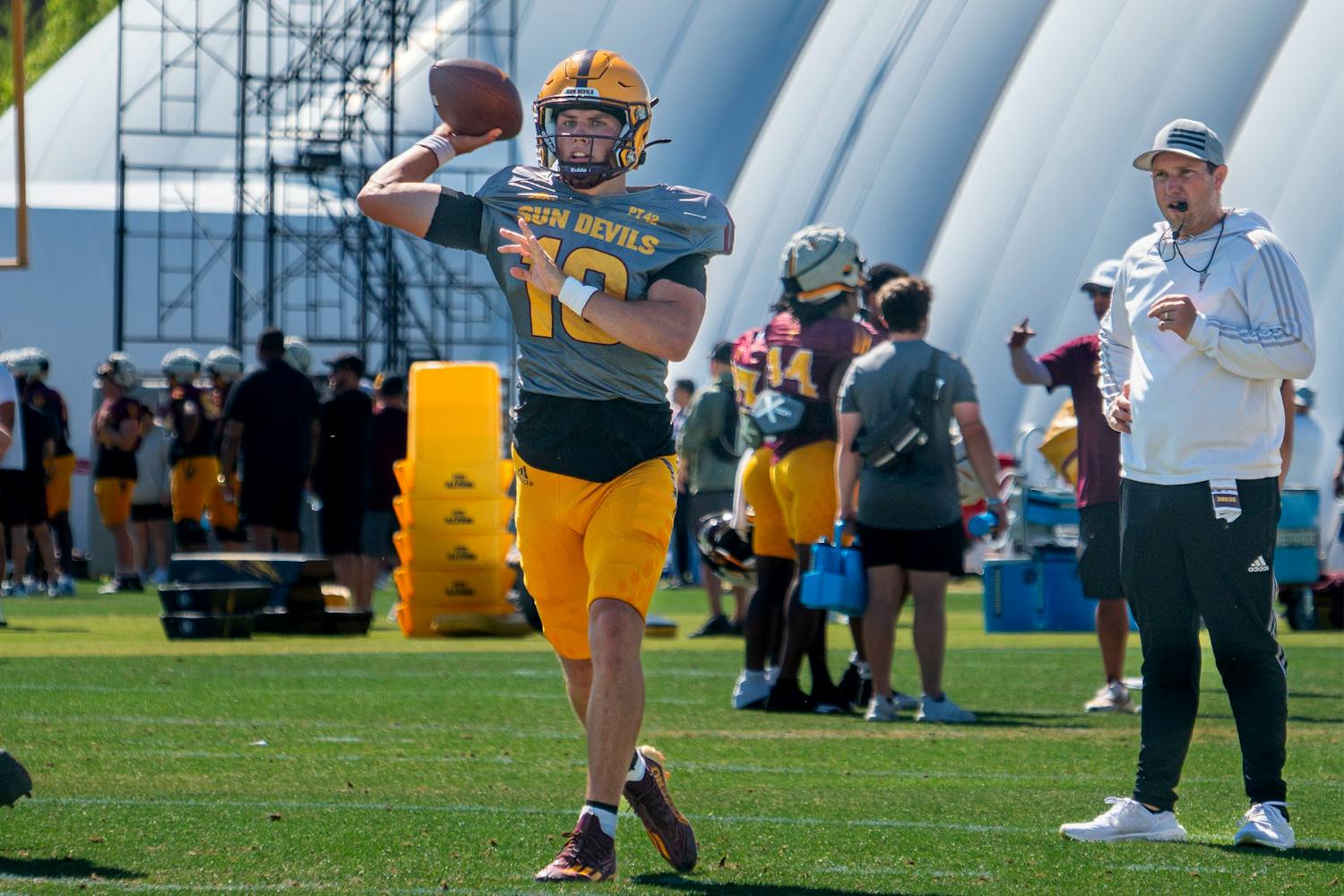An alarming theme has emerged within ASU football's defense entering the final third of the season — inconsistency in the secondary.
It will be paramount that the Sun Devils (4-4) fix their issues in coverage heading into ASU's next road tilt with the Washington State Cougars, led by notoriously innovative head coach Mike Leach.
The "Air Raid" offense developed by Leach spurred numerous disciples who have since branched out across the college football landscape, include Sonny Dykes of Cal, Art Briles of Baylor, Dana Holgorsen of West Virginia and Kliff Kingsbury at Texas Tech. Leach also made Kentucky football a standard for its revolutionary passing attack in an era of college football renowned for running backs and option attacks.
Leach employs a relentless passing attack that puts the route-recognition skills of its opponents through a series of challenging tests.
At the helm for Washington State is redshirt sophomore quarterback Luke Falk, who has thrown at least 60 pass attempts each game (and as many as 74) for the last four weeks and averaged 56 attempts per game on the season.
Defensive coordinator Keith Patterson said Falk's game has changed as he's gained experience and maturity.
"(Falk) has much better understanding of the system he runs,” Patterson said.
He burned ASU for 601 yards in a 52-31 loss in Tempe last November, but has made tremendous strides since.
Football Outsider breaks down defensive units with an S&P "havoc" rating, which measures a unit's tackles for loss, passes defended and fumbles forced divided by the total number of plays. ASU's front seven ranks No. 10 in the nation in forced havoc, but the secondary sits at just No. 69 in this category.
This could be an ideal matchup for a Cougar team that doesn't just thrive just off big plays, but on picking up first downs regularly and extending drives: Washington State has the seventh-best success rate among FBS teams, at 49.7 percent.
The goal for the ASU defense on Saturday will be stopping the traditional run game, but also stopping the West-Coast based short passing.
“The big key is stopping the runs, stopping the screens and you can’t let them have the ball to pass," head coach Todd Graham said.
ASU does not usually use Cover 2, but with the injury to Armand Perry, the secondary has noticeably switched coverage to two safeties over the top.
The Sun Devils have emphasized minimizing the workload done by the safeties in Perry's absence, but the key for the defensive backs will to get consistent pressure at the line of scrimmage to allow time for the line to get to work preventing Falk from establishing any rhythm.
Related Links:
ASU football's Todd Graham addresses cheating allegations
Report Card: Grading ASU football's 61-55 loss to Oregon
Reach the reporter at biggswcarroll@asu.edu or follow @Biggs_Carroll on Twitter
Like State Press Sports on Facebook and follow @statepresssport on Twitter.




